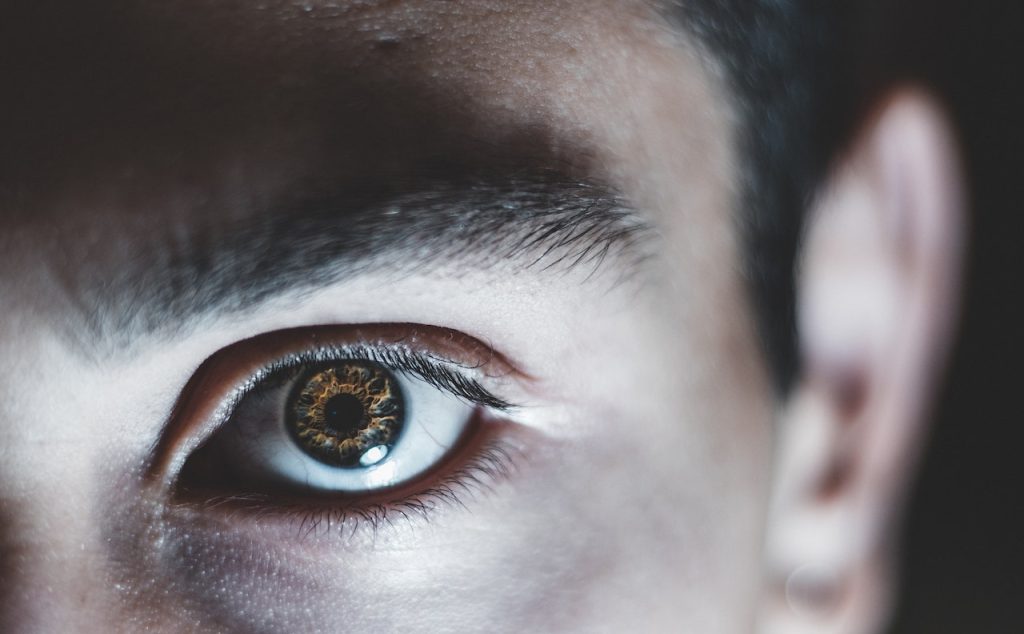Our eyes are our windows to the world around us, and it is through them that we experience the incredible diversity of color. Every day, we are exposed to an array of hues, from pastel pinks to vibrant greens. But what exactly makes our eyes so special? How do they perceive color in such a unique way?
In this blog post, we will explore the science behind human eyes and how they contribute to our colorful world. From understanding different light wavelengths to exploring the differences between rods and cones, read on to learn more about how our eyes interact with the world around us.
Visit our page to check some facts about Eyes: celebrities with sanpaku eyes
How the human eye sees color
How the human eye sees color is a complicated process. The human eye has three types of cones, each of which is sensitive to a different range of colors. The brain then combines the signals from these three types of cones to create the impression of color.
Color vision begins with light entering the eye and striking the retina, which is a layer of light-sensitive cells at the back of the eye. This light is then converted into electrical impulses that are sent to the brain.
The three types of cones in the human eye are sensitive to different ranges of colors. The first type of cone is most sensitive to short wavelengths of light, which appear as blue and violet. The second type of cone is most sensitive to medium wavelengths of light, which appear as green. The third type of cone is most sensitive to long wavelengths of light, which appear as red and orange.
The brain combines the signals from these three types of cones to create the impression of color. For example, when all three types of cones are stimulated equally, we see white. If the first type of cone is more stimulated than the other two, we see blue; if the second type is more stimulated, we see green; and if the third type is more stimulated, we see red.
What colors mean to different cultures
Different cultures have different associations with different colors. In the Western world, white is often associated with purity and innocence, while black is associated with darkness and evil. In Eastern cultures, white is often associated with death and mourning, while black is associated with life and fertility.
Red is a universal color that can have different meanings depending on the culture. In the West, red is often associated with passion and love, while in the East it is often associated with luck and good fortune. Blue is another universal color that can also have different meanings depending on the culture. In the West, blue is often associated with sadness and loneliness, while in the East it is often associated with wisdom and tranquility.
How color affects our moods
When it comes to color, what one notices first is its appearance: light or dark, bright or dull, warm or cool. But colors also affect our moods and emotions. Just as certain colors can make us feel happy, excited or relaxed, other colors can make us feel sad, anxious or angry.
Some studies have shown that certain colors can have a positive effect on our moods and emotions. For example, the color blue is often associated with feelings of calmness and relaxation, while the color red is often associated with feelings of energy and excitement.
While the effects of color on our moods and emotions are not always completely understood, there is no doubt that they exist. So next time you’re feeling down, try surrounding yourself with some colorful objects; it just might brighten your day!
You know about a trending category of eyes. If not then click here to know some famous please people’s eyes stories: Celebrities with Sanpaku Eyes
How to use color to create a certain atmosphere
Color is one of the most powerful tools in a designer’s toolkit. It can be used to create a certain atmosphere, convey a message, or set a tone. Here are some tips on how to use color to create the atmosphere you want in your home:
1. Use light colors to make a space feel airy and open.
2. Use dark colors to make a space feel cozy and intimate.
3. Use warm colors to create an inviting and welcoming atmosphere.
4. Use cool colors to create a calm and relaxing environment.
5. Use bright colors to add energy and vibrancy to a space.
6. Use soft colors to create a sense of tranquility and peace.
7. Experiment with different color combinations to find the perfect match for your desired atmosphere.
Conclusion
The human eye is an amazing organ that allows us to see and appreciate the world around us. We are capable of seeing a vast array of colors, shapes, sizes and textures thanks to the complex structure of our eyes. It’s incredible to think about all the beauty we can experience because of our ability to perceive light and color. So let’s take a moment here to appreciate what an amazing thing it is that we can see so much in this world – from vivid green grasses swaying in a meadow, to bright stars twinkling against a night sky – simply by using our eyes!










